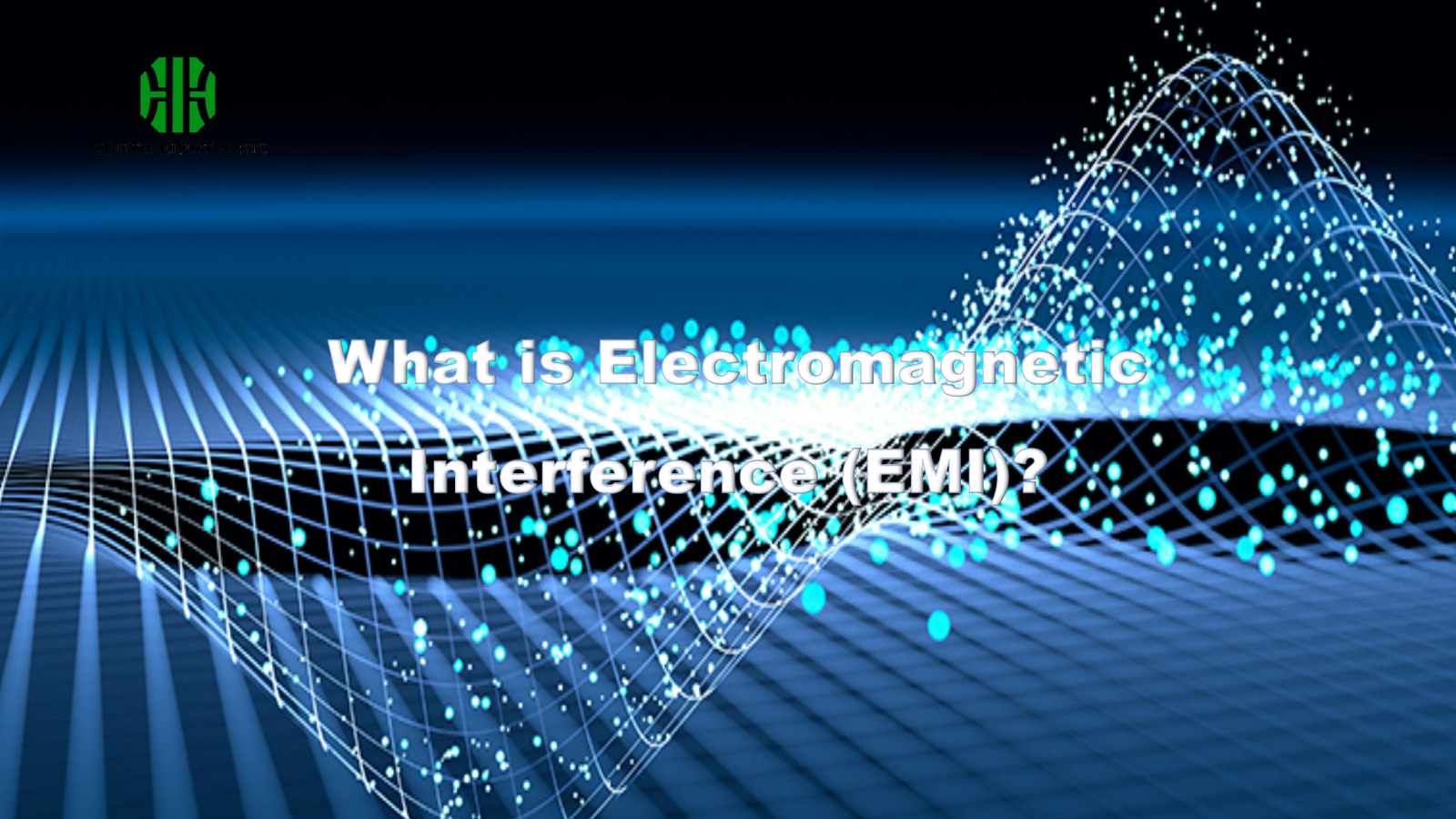Picture this: your television flickering during a thunderstorm. Your smartwatch freezing near microwaves. These are daily struggles caused by unseen attackers. I’ve faced these electronic mysteries firsthand as a circuit designer.
Electromagnetic Interference (EMI) occurs when unwanted electromagnetic energy disrupts devices, causing malfunctions or data loss. Understanding EMI helps protect electronics from noise sources like motors or radio signals. Proper shielding maintains device reliability.
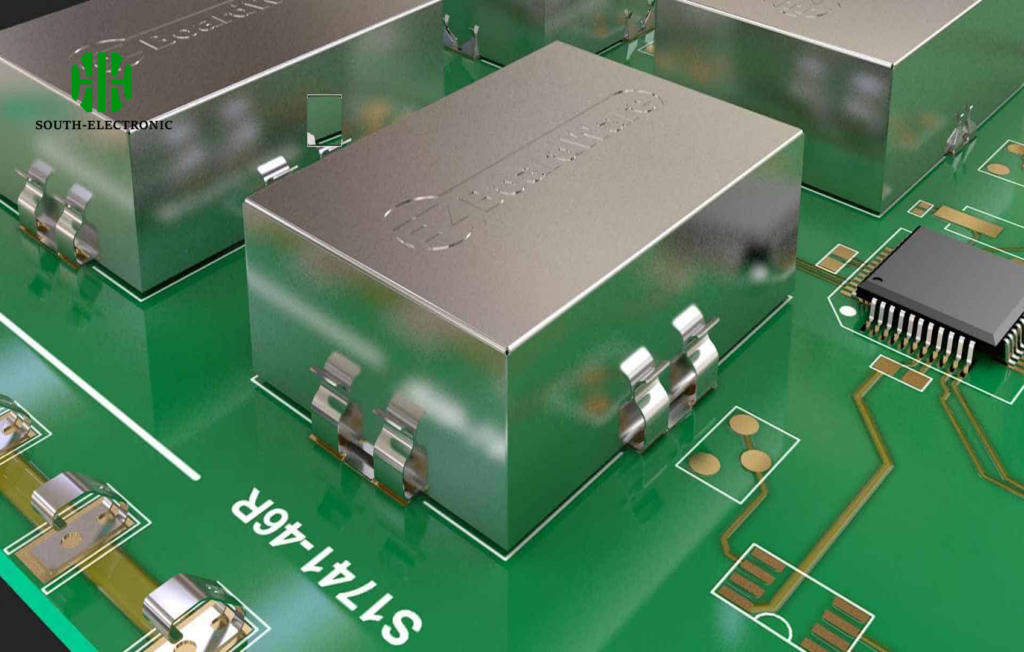
Now, let’s explore this invisible force affecting everything from phones to spacecraft. Your gadget chaos ends here.
What Exactly is EMI?
Ever had a speaker buzz near your phone? That’s EMI in action. It feels like electronic sabotage but follows predictable physics rules.
EMI is unwanted electromagnetic energy disturbing device operation. Natural sources like lightning or man-made devices like motors generate it. Effective suppression requires grounding and filtering.
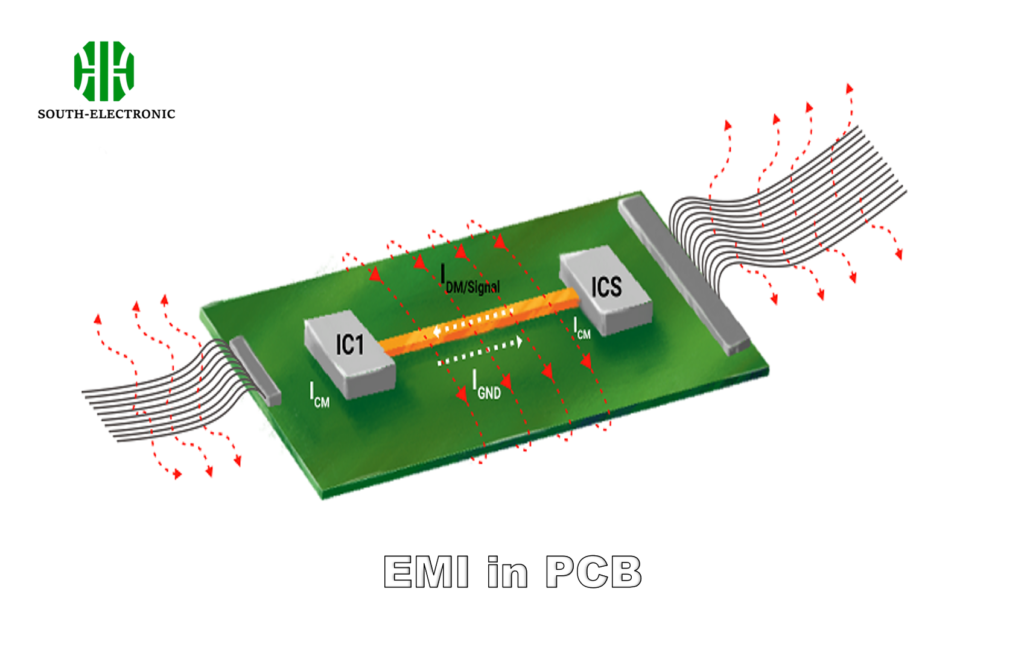
Breaking Down EMI Fundamentals
EMI operates through two main pathways:
- Conducted EMI travels via wires/power lines
- Radiated EMI spreads through air as waves
Wavelength determines penetration ability. Consider this EMI frequency comparison:
| Frequency Range | Common Sources | Device Impact |
|---|---|---|
| Low (1kHz-1MHz) | Motor brushes | Analog signal distortion |
| Mid (1MHz-1GHz) | Wi-Fi routers | Digital data corruption |
| High (>1GHz) | Radar systems | Sensor false readings |
Conducted interference often causes humming in audio systems. Radiated interference triggers phone screen flickering. Shielding effectiveness changes with material thickness. For PCBs, ground planes block low-frequency noise while ferrite beads absorb high-frequency waves. Designers combat this in every Custom PCB iteration.
EMI vs RFI: What’s the Difference?
When Bluetooth cuts out near elevators, is it EMI or radio interference? Many tech users confuse these terms daily.
RFI (Radio Frequency Interference) is a high-frequency subset of EMI. All RFI is EMI, but not all EMI involves radio waves. Shielding approaches differ significantly.
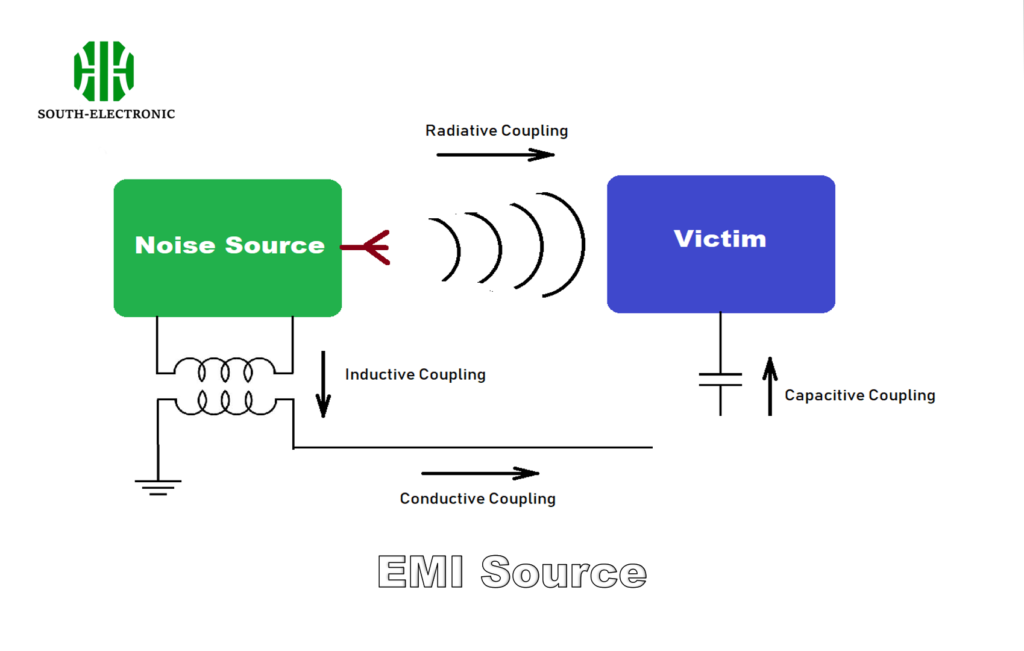
Practical Differences in Electronics
EMI interference covers broader electromagnetic issues. RFI specifically addresses communication disruption. Look at containment methods:
| Characteristic | EMI Cases | RFI Cases |
|---|---|---|
| Frequency | Broad spectrum | MHz-GHz range |
| Shielding | Metal enclosures | Copper mesh |
| PCB Focus | Layout optimization | Antenna isolation |
For high-speed PCB designs, we manage EMI with ground layers. RFI requires coaxial cable shielding. Medical equipment often needs multi-layer emi shield barriers. Automotive systems require differential signaling for emi electromagnetic protection. Testing identifies susceptibility during PCB Prototype stages.
How Does EMI Disrupt Your Electronics?
Your router suddenly resetting? EMI might be crashing systems silently. These disruptions cause real equipment failures I’ve debugged for clients.
EMI damages devices through voltage spikes or signal alteration. Critical effects include data corruption in storage devices and sensor miscalibration. Immediate shielding prevents component damage.
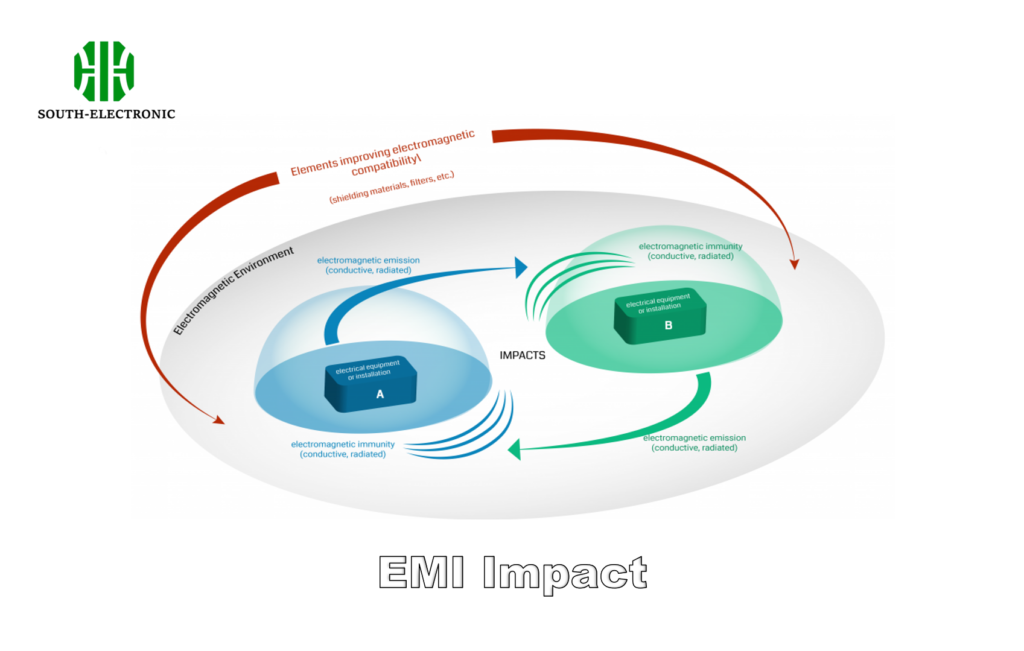
System Vulnerabilities Breakdown
EMI attacks electronics through three primary weaknesses:
- Power Supply Distortion causes voltage fluctuations
- Signal Path Corruption alters transmitted data
- Component Saturation overloads semiconductors
See common failure points and their solutions:
| Weakness | Example Failure | Protection Method |
|---|---|---|
| Signal cables | Network packet loss | Twisted pair wiring |
| Power inputs | Microcontroller resets | EMI filter circuits |
| IC components | Memory bit flips | Shielding cans |
In PCBA manufacturing, we add transient voltage suppressors. FR4 PCB material handles basic EMI but high-risk environments require specialized substrates. Medical devices use conductive gaskets against radio interference.
How EMI Compliance Shapes Global Product Design?
Getting products globally certified is essential. I’ve witnessed compliance hurdles make or break tech launches in markets.
Global EMI regulations like FCC (USA) and CE (EU) enforce strict emission limits. Non-compliance causes costly recalls and market bans. Early EMC testing saves projects.
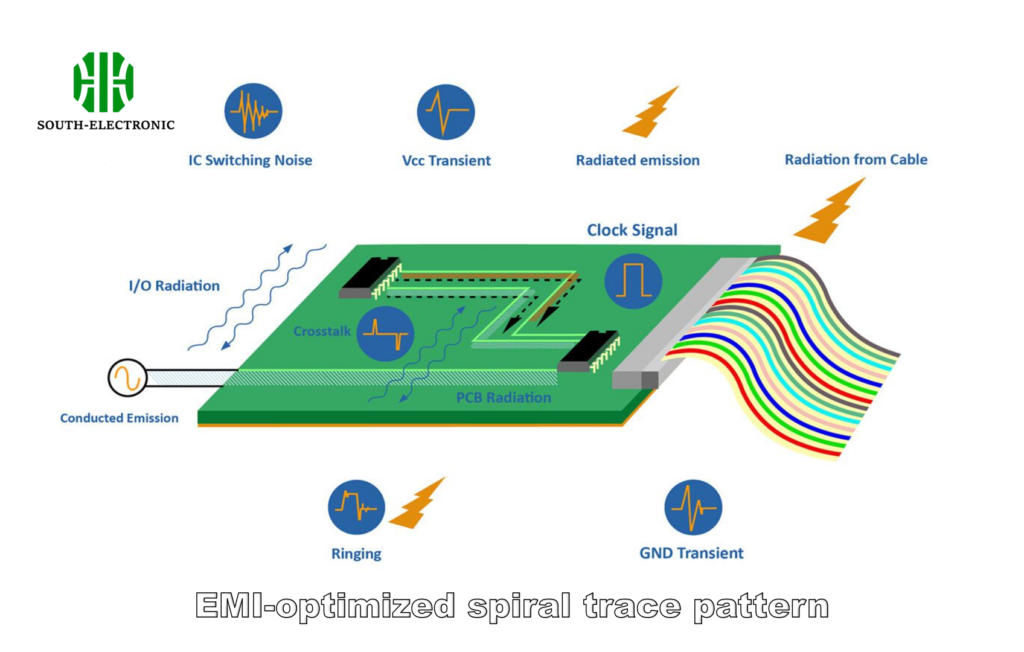
Design Adjustment Strategies
Navigating compliance requires three-phase planning:
- Pre-design specification review
- Prototype validation testing
- Final certification documentation
Regulatory differences demand localized tactics:
| Market | Standard | Critical Focus Area |
|---|---|---|
| European Union | CE Marking | Radiated emissions |
| United States | FCC Part 15 | Conducted noise |
| Japan | VCCI | Wireless coexistence |
For PCB Prototype development, we integrate ferrite beads and filtering capacitors early. Automotive designs require dual-layer emi shield approaches. Consumer electronics benefit from ground plane separation in Custom PCB layouts to ensure global market access.
Conclusion
EMI threatens electronics but solutions exist. Mastering its principles transforms design resilience. Protective strategies ensure reliable tech everywhere.

